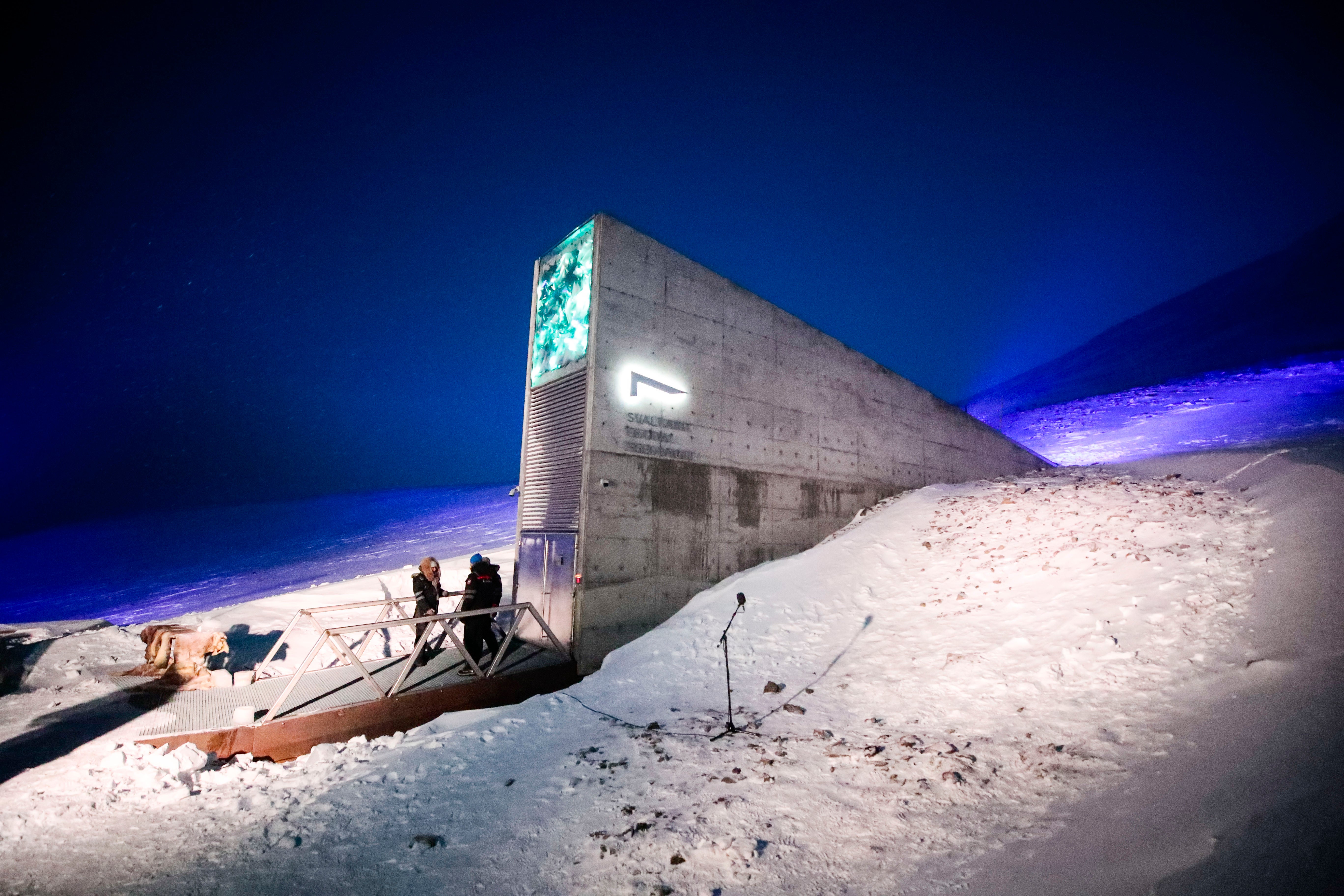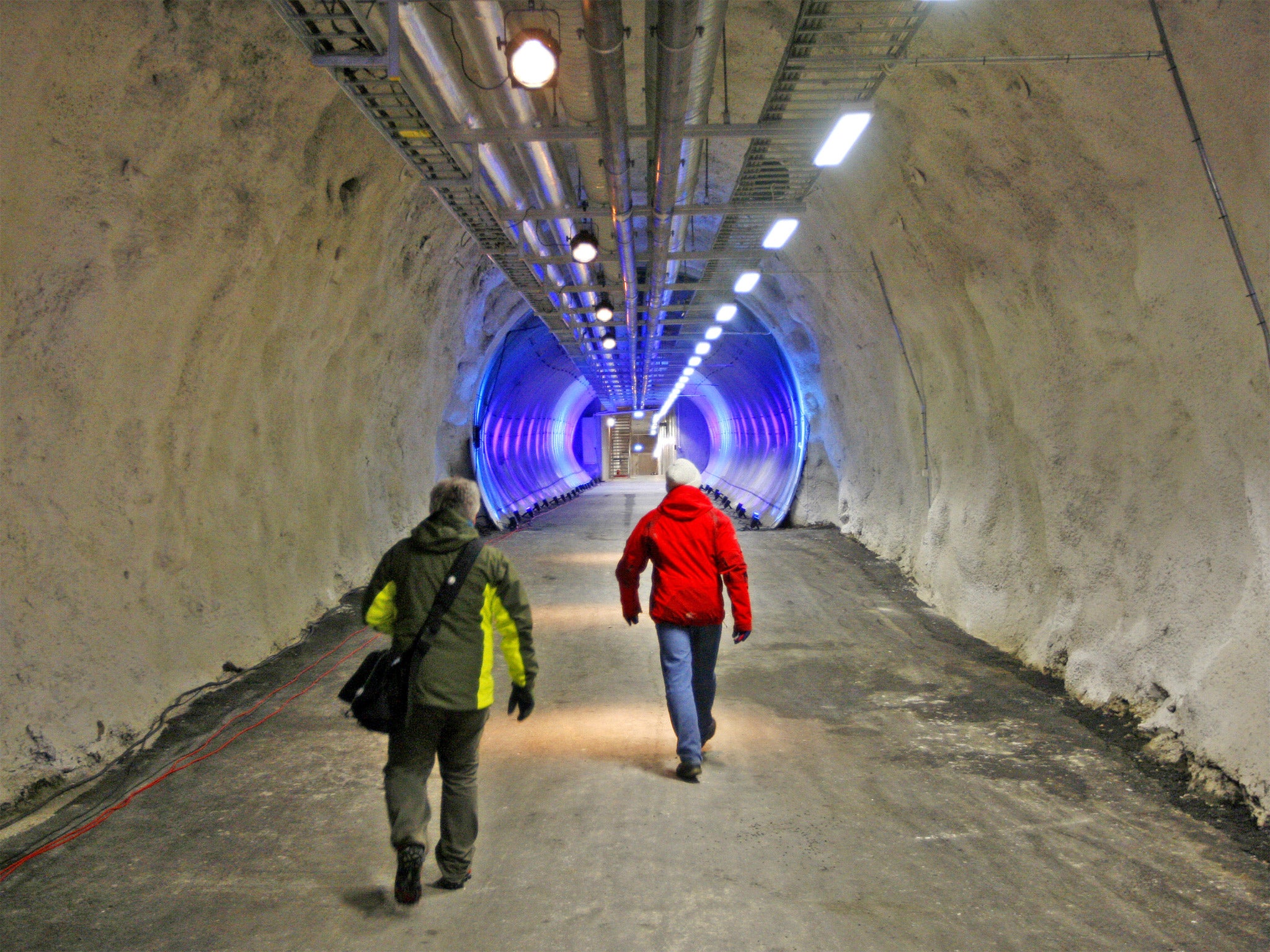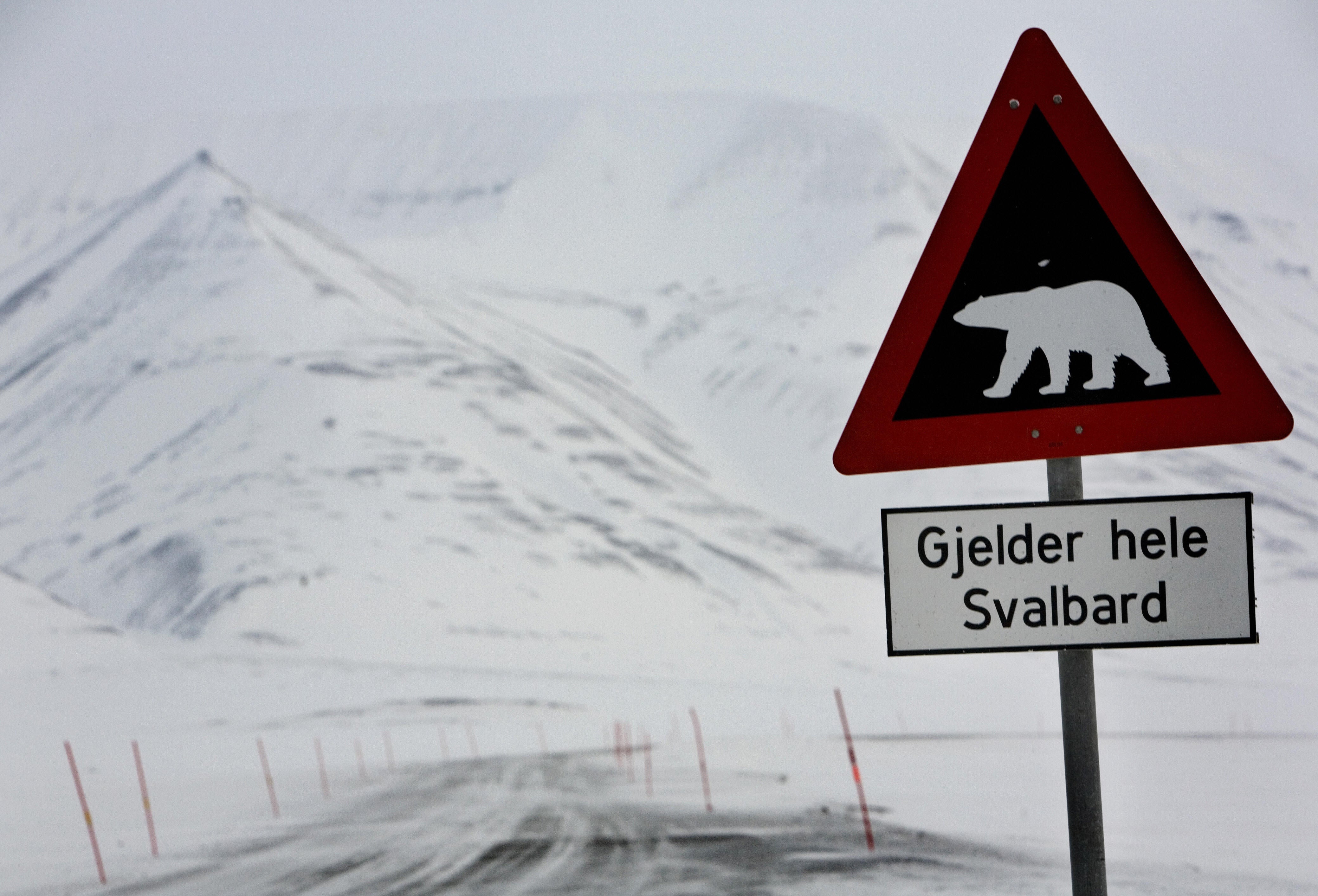Arctic doomsday vault gets sent sent record batch of seeds
The crates arriving on Tuesday contained crops such as beans, barley, cowpea, maize, rice, millet and sorghum

Your support helps us to tell the story
From reproductive rights to climate change to Big Tech, The Independent is on the ground when the story is developing. Whether it's investigating the financials of Elon Musk's pro-Trump PAC or producing our latest documentary, 'The A Word', which shines a light on the American women fighting for reproductive rights, we know how important it is to parse out the facts from the messaging.
At such a critical moment in US history, we need reporters on the ground. Your donation allows us to keep sending journalists to speak to both sides of the story.
The Independent is trusted by Americans across the entire political spectrum. And unlike many other quality news outlets, we choose not to lock Americans out of our reporting and analysis with paywalls. We believe quality journalism should be available to everyone, paid for by those who can afford it.
Your support makes all the difference.A frozen Arctic vault built to preserve global agricultural crops from extinction has received seeds from the largest number of new contributors yet, a custodian of the remote facility said.
The Svalbard Global Seed Vault, set in permafrost caves on an island halfway between mainland Europe and the North Pole, was launched in 2008 as the ultimate backup for the world’s gene banks to protect plants from war, disease and climate change.
The vault has received samples from across the world, and played an essential role between 2015 and 2019 in rebuilding seed collections damaged during the war in Syria.
On Tuesday, depositors carried crates of seeds into the vault’s entrance, a long narrow structure which juts out of the snow-covered hillside.

Twenty-three seed banks took part, nine of them for the first time, the largest number of newcomers introduced at one single occasion, according to Crop Trust, a non-profit that operates the facility along with Norwegian authorities.
First-time depositors included seed banks in Bosnia and Herzegovina, Cameroon, Indonesia, Kazakhstan, Kenya, Madagascar, Nigeria and Zambia, Crop Trust said.
The crates arriving on Tuesday contained crops such as beans, barley, cowpea, maize, rice, millet and sorghum, it added.
“Preserving genetic diversity in this Arctic fastness ensures the adaptability and resilience in our crops, guaranteeing food security for generations to come,” Crop Trust Executive Director Stefan Schmitz said.

Many of Tuesday’s deposits were the result of a global 10-year biodiversity project known as BOLD, which is designed to boost global food and nutrition security, the trust added.
With the latest deposit, 111 seed banks in 77 countries have a backup of their plants in Svalbard, said Norway’s ministry of agriculture and food.
The chambers, which are only opened three times a year to limit the seeds’ exposure to the outside world, boast temperatures of around -18 degrees Celsius (-0.4 degrees Fahrenheit).
Longyearbyen, on the Norwegian island of Svalbard, had an average temperature in Svalbard was -7.8C in 1900 but since then, it has risen by 3.7C – more than three times the global average rise of about 1°C.
Not only has it become significantly warmer, but wetter too, spelling trouble for the Doomsday vault as the seeds’ preservation depends on stable temperatures and bone-dry conditions.
“Svalbard is the ultimate failsafe for biodiversity of crops,” Marie Haga, the executive director of the Crop Trust told CNN.
The vault was opened in 2008. Its construction was funded by the Norwegian government and built in partnership with the country’s Crop Trust and is now a secure storage unit for around a million seed samples, representing over 13,000 years of agricultural history.
Join our commenting forum
Join thought-provoking conversations, follow other Independent readers and see their replies
Comments